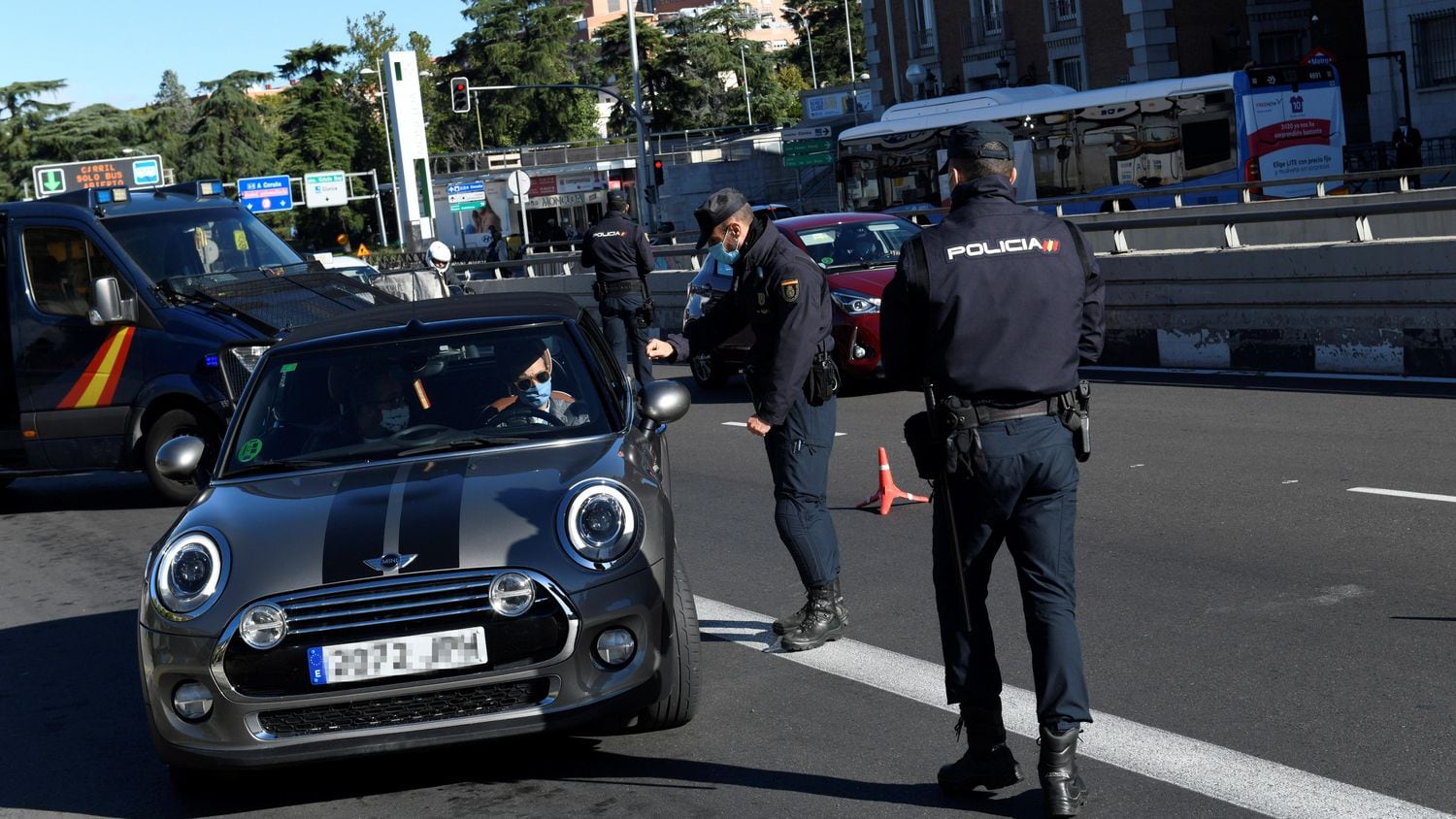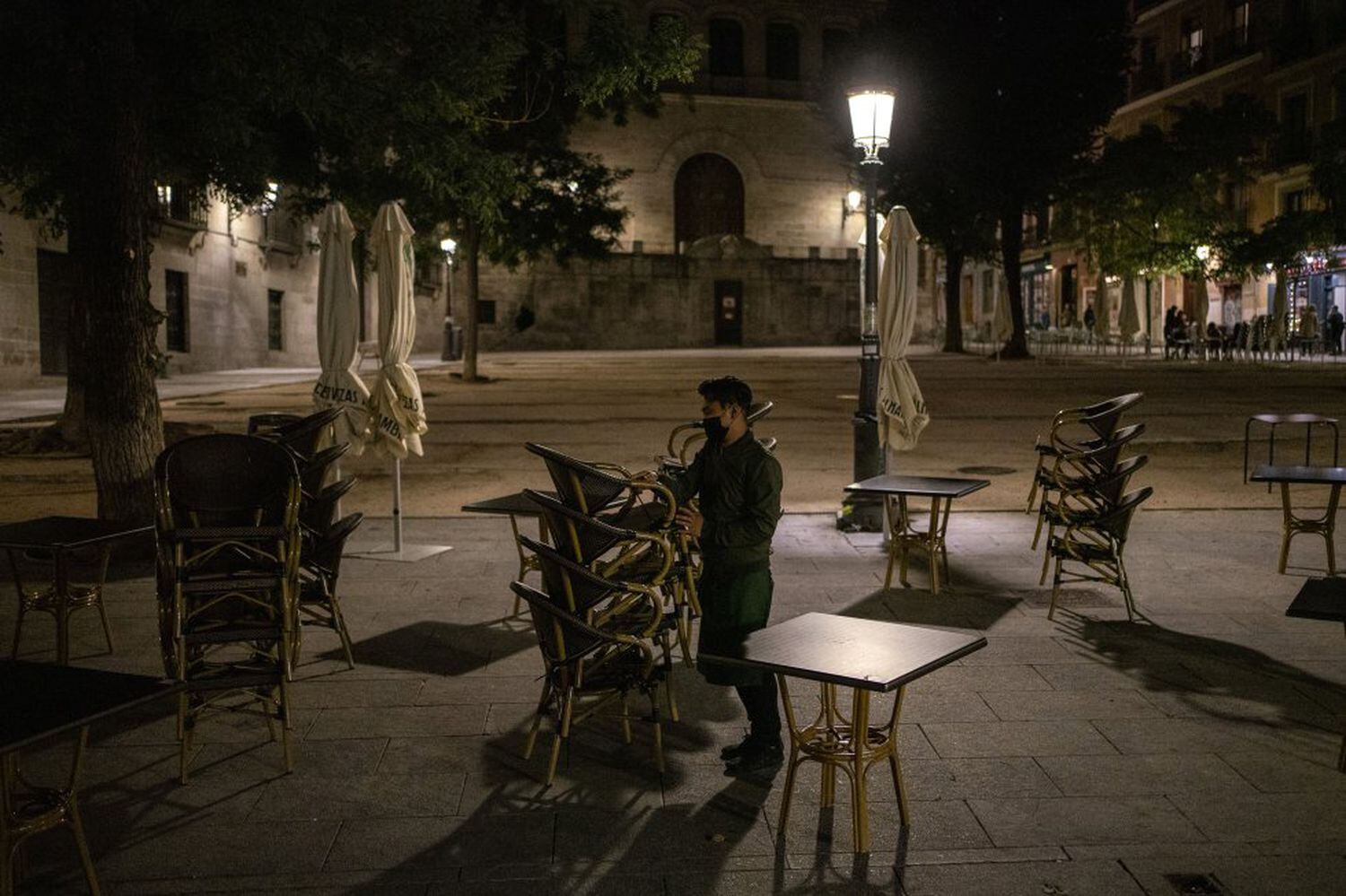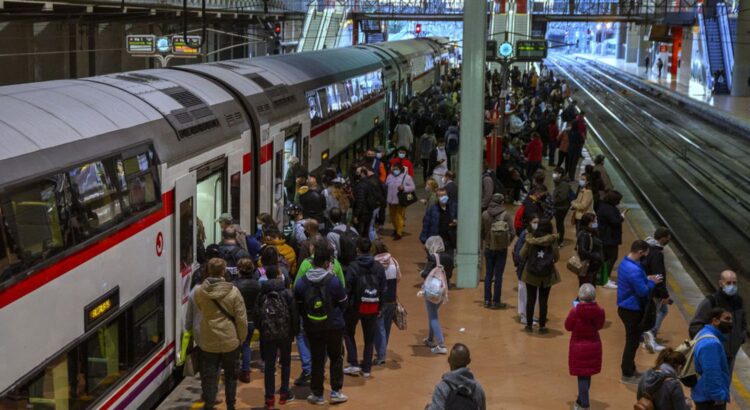Europe / Spain / Author: Juan Navarro / Source: elpais.com
Experts warn that the public should expect a cycle of these confinements, and that infection rates will remain high unless there is a repeat of March’s strict lockdown.
The rising number of coronavirus cases in Spain is accelerating the introduction of new confinements across the country. For now, the restrictions being introduced are not as severe as they were during the first wave, when the central government implemented a state of alarm that saw Spaniards confined to their homes for several months. But perimetral lockdowns are being established where the transmission rate of the virus is on the rise.
Currently, more than 5.2 million Spaniards – 4.7 million of them in the Madrid region – are not allowed to leave their municipalities, apart from going to work, to school or to university, among other reasons. The latest areas to implement such measures are the municipalities of León, Palencia and San Andrés de Rabanedo, in Castilla y León, and La Almunia de Doña Godina in Aragón. Experts warn that while perimetral confinements are necessary when transmission is rising, they are insufficient if not accompanied by social limitations within the zone that has been locked down.
Castilla y León has a total of nine municipalities with restrictions. While the region has an average cumulative incidence of 374 cases per 100,000 inhabitants over two weeks, the figure for Palencia is 536 and in León, it is 510. The mayor of the latter city, José Antonio Díez of the Socialist Party (PSOE), on Monday confirmed that residents were aware that these restrictions could be on their way. “We accepted them with commitment because the common objective is to overcome the pandemic and reduce the high rate of infections,” he said. The Palencia mayor, Mario Simón of Ciudadanos (Citizens), also accepted the measures. “With the data that we have from the last few weeks, either the situation changed radically or it was just a question of time,” he said.

The regional government of Castilla y León has used the Health Ministry’s new guidelines to apply the most restrictive measures: more than 500 cases per 100,000 inhabitants over two weeks, a PCR positivity rate above 10%, and more than 35% of intensive care unit (ICU) beds occupied. But other regions have taken action before exceeding these limits, which were agreed on by a majority of Spain’s regional administrations last week and introduced on a mandatory basis by the central government via the Official State Gazette (BOE).
Ahead of the upcoming annual Fiestas del Pilar in Zaragoza, celebrating the patron saint, the regional government of Aragón has taken the city back to Phase 2 of the country’s deescalation plan, which sees limits on capacity and assembly. It has done so with a cumulative incidence of 300 cases per 100,000 inhabitants over the last two weeks. It has done the same in Huesca, a city where the cumulative incidence is at 700, as well as in the municipality of La Almunia de Doña Godina, which has a very high rate of 1,000 infections per 100,000 inhabitants.
Experts consulted by EL PAÍS warn, however, that if an extreme lockdown similar to that of March is not introduced in a bid to flatten the curve, these perimetral confinements will become a regular occurrence. “We are facing a constant cycle of shutting down, opening, closing, and opening,” explains Joaquín López-Contreras, the head of Infectious Diseases at the Sant Pau Hospital in Barcelona. “Coping with a lockdown like the one in March is very difficult. Let’s see if lesser measures will see the epidemic squeeze us but not smother us.”
But, the experts add, a perimetral closure will not be enough. “Confining residents to a perimeter is done so that cases are not exported, but you also have to limit where contagion can happen to stop the spread,” says Joan Ramon Villalbi, a member of the Spanish Public Health and Health Administration Society. “Perhaps we have been relatively lax with social meetings.”

Alberto Infante, an emeritus professor of International Health at the Carlos III Institute, agrees. “Interrupting the circulation of the virus to slow down mobility is necessary, but not enough,” he says. “You need to take action inside these zones. It’s about knowing what to do besides confinement, whether we just limit family meetings, or capacity, or whatever else. In the Valencia region, systematic tracking and tracing of cases and contacts have helped.”
Regions such as Castilla y León, La Rioja (which has confined the municipalities of Calahorra, Arnedo and Rincón de Soto), and Navarre (Funes, Peralta, Falces and San Adrián), among others, have accompanied their mobility restrictions with limits on bar opening hours, capacity and social meetings. Even Madrid, which has reluctantly introduced the central government’s restrictions in 10 cities, including the capital (albeit having filed an appeal against them in the courts) has incorporated early closing hours and limits on capacity in bars and restaurants.
There is, however, no single approach to combat the virus. And even less so while efforts are being made to protect the country’s economy as much as possible. Ourense, for example, in the Galicia region, has opted to ban social meetings between people who do not live together rather than confining the municipality. “In theory this is good,” says Infante. “But it depends on what people want to do. It’s difficult to ensure that this is observed.” As such, the experts agree that there is a need to improve communication with citizens. “People need to understand why they need to do these things,” Infante explains. “There is scant education, and often it comes wrapped up with political controversy. And that discredits what is being proposed.”
Whatever happens, López-Contreras adds, the figures from June, when infections were at an all-time low and the state of alarm came to an end, will not be repeated unless there is another radical lockdown or the population of Spain completely changes its behavior. “We’ll be like we are now,” he says. “With figures that are threatening, but we will be resisting.”
English version by Simon Hunter.
Source and Image: https://english.elpais.com/society/2020-10-06/more-than-52-million-spaniards-are-now-under-coronavirus-mobility-restrictions.html






 Users Today : 41
Users Today : 41 Total Users : 35403234
Total Users : 35403234 Views Today : 58
Views Today : 58 Total views : 3332497
Total views : 3332497